Home to central Asia’s greatest Silk Road cities, Uzbekistan is known for the turquoise domes and towering minarets of Samarkand, Khiva and Bukhara. But look beyond the striking mosques, mausoleums and madrasas, and there is plenty more to see, including unspoilt desert, fairytale palaces and the world’s best collection of Soviet avant-garde art.
Igor Savitsky Museum
How the world’s second-largest collection of Russian avant-garde art made it out to the depths of the Karakalpak Desert, we’ll never know. But like a ruby in the dust, the Igor Savitsky Museum shines brightly, with works showing the important interplay of influences from East and West.
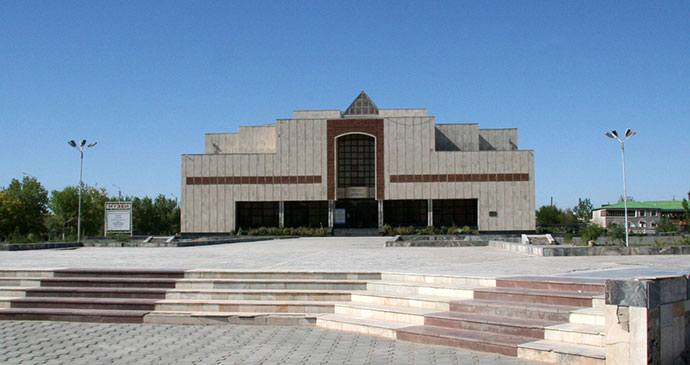
Architecture and decorative arts are drawn from Uzbekistan’s Islamic traditions, artists such as Benkov, Koravay and Kashina depict the region’s ancient cities, Nikolayev imaginatively blends the techniques of Italian masters and Russian iconography, and there are also works of Impressionism, post-Impressionism and Futurism. If that wasn’t enough, it also has one of the largest exhibitions of archaeological finds and folk art anywhere in central Asia.
Moynaq
Moynaq (also written Muynaq) is the harbour without a sea. In just 60 years it has gone from being a wealthy fishing port on the edge of the world’s fourth-largest inland sea, to a ghost town where skeleton ships lie broken in the desert. The shrinking of the Aral Sea is one of the world’s greatest manmade environmental disasters, and nowhere is its impact being felt more poignantly than in Moynaq.
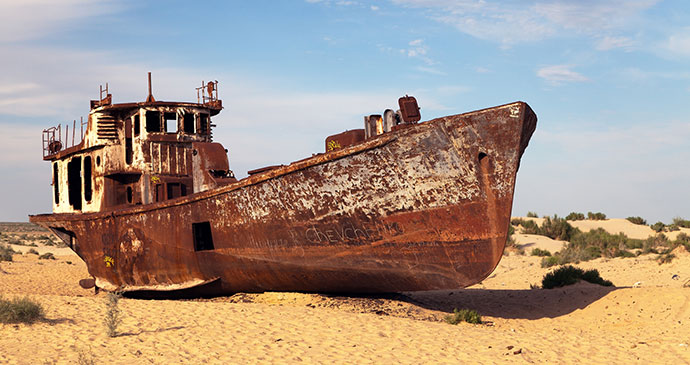
Coming to Moynaq is, perhaps, what you’d term ‘disaster tourism’: there are parallels to be drawn with Chernobyl or the ‘Polygon’ at Semipalatinsk. You come to see where the sea used to be, and the suffering it has left behind – namely, the ships’ graveyard, where various rusting hulks of former fishing vessels have been towed from elsewhere in the desert to create a tourist attraction.
Khudayar Khan Palace
If you have the time, make sure you visit Kokand, the most attractive city in the Fergana Valley, to see one of the most glittering royal residences in central Asia. The Khudayar Khan Palace is a structure that would make fairytale princesses jump up and down for joy. In 1863, just before the Russians put paid to his architectural (and political) ambition, Khudayar Khan indulgently commissioned architect Mir Ubaydullo to build a sumptuous palace, also known as the Urda, with 113 rooms set around seven courtyards.
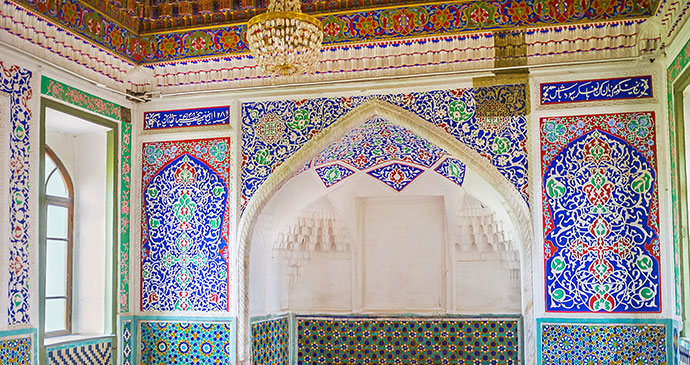
The whole wide façade is covered with dazzling mosaic tiles, including an Arabic inscription above the entrance gate reading ‘Seid Muhammad Khudayar Khan – the great ruler’. The entire west end of the palace has been demolished and only 19 of the original rooms remain, but by walking here, in Khudayar Khan’s footsteps, you gain a fascinating glimpse into the life of an oriental despot just before everything around him fell apart: it is a palace built on the cusp of history, and you can almost sense the unfulfilled dreams tied up in its walls and furnishings.
Ulug Beg’s Observatory
The sparkling turquoise tiles of Shah-i Zinda and the Registan often take centre stage in Samarkand, but one should not overlook this giant astronomical observatory, the largest in the world at the time it was built. The observatory lay forgotten and in ruins for some 500 years prior to its partial restoration, the important work undertaken there remembered only in Ulug Beg’s astronomical works, which had been published posthumously in Europe.
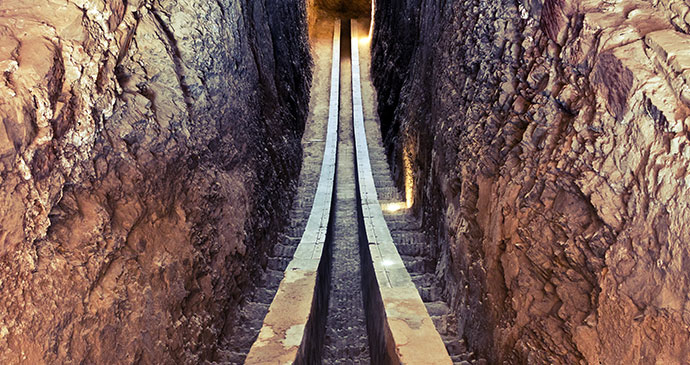
The centrepiece of the observatory, rediscovered and excavated by the Russian archaeologist Vladimir Viyatkin in 1908, is part of a quadrant arc 63m in length that was used to chart the progress of celestial bodies across the sky. Using this arc, Samarkand’s medieval astronomers produced a star catalogue charting the movements of 1,018 stars, which was used in China and Korea in the 15th century and was published in Oxford in 1648, followed by a fuller edition by the Astronomer Royal John Flamsteed in 1725.
Khorzem fortresses
Most people who venture to Khorezm only visit Khiva, and are sadly missing out on the string of fortresses, dating from the early centuries BC, that lie just not too far away, on the edge of the Kyzylkum Desert. Listed by UNESCO as the Golden Ring of Ancient Khorezm, the most impressive are the mud-brick Toprak Kala and the Koi Krylgan Kala, but there are plenty of smaller sites if you want to explore on your own.
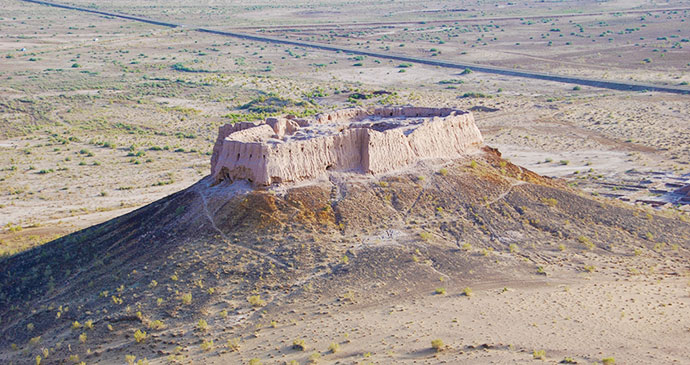
You will need your own transport to get here, but it is well worth hiring a car for a couple of days and staying on site in the yurt camp beside the Ayaz Kala to be able to appreciate the site at both sunset and sunrise. You can take a camel ride from the yurt camp here, too.
Keen to explore more of Uzbekistan? Start planning your trip with 10% off our guide:
